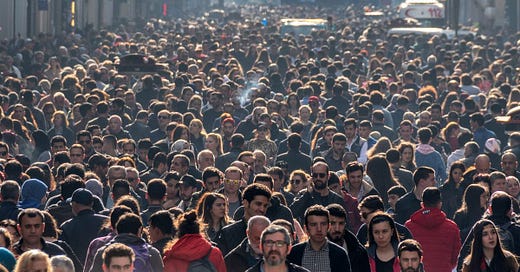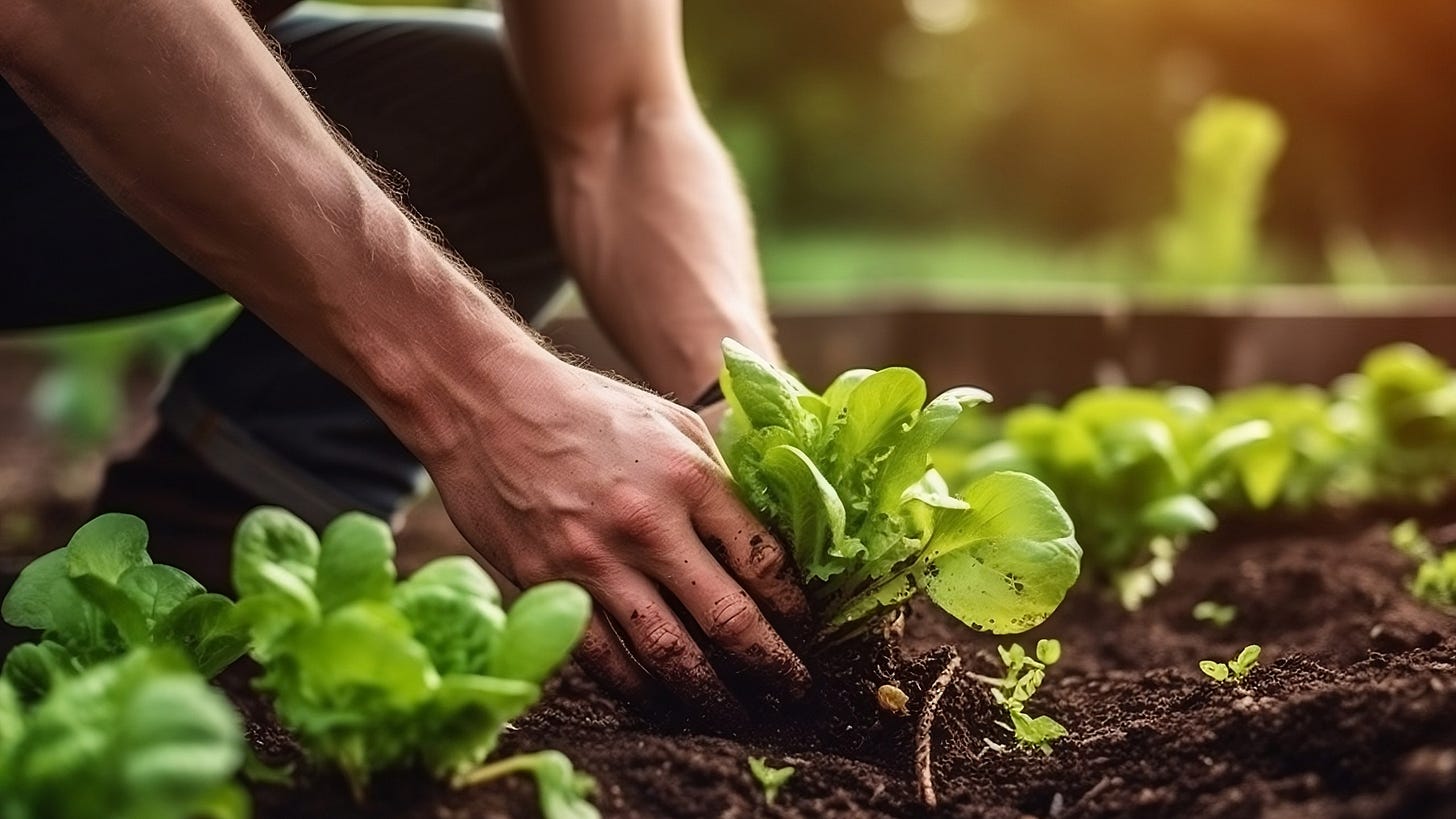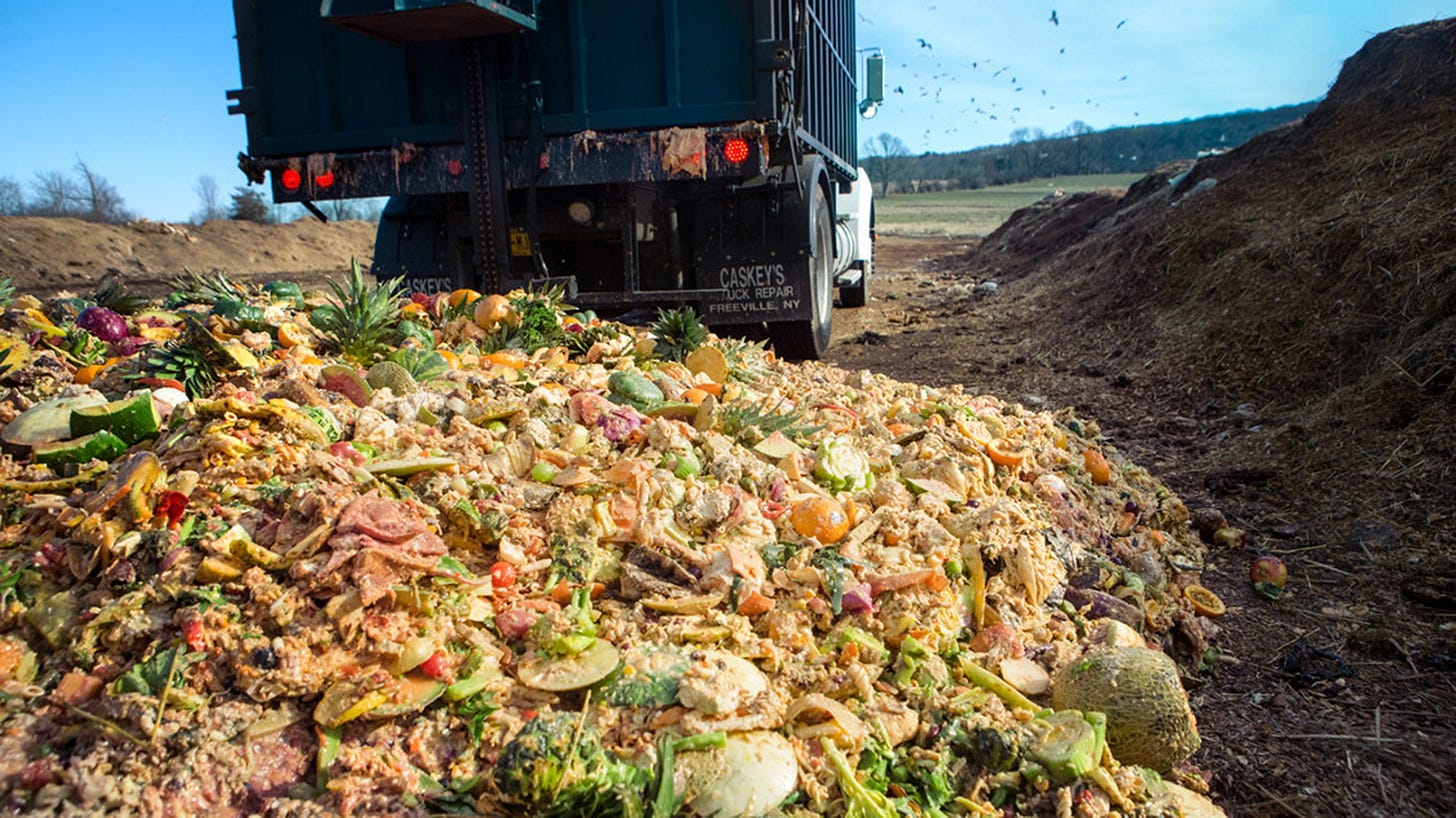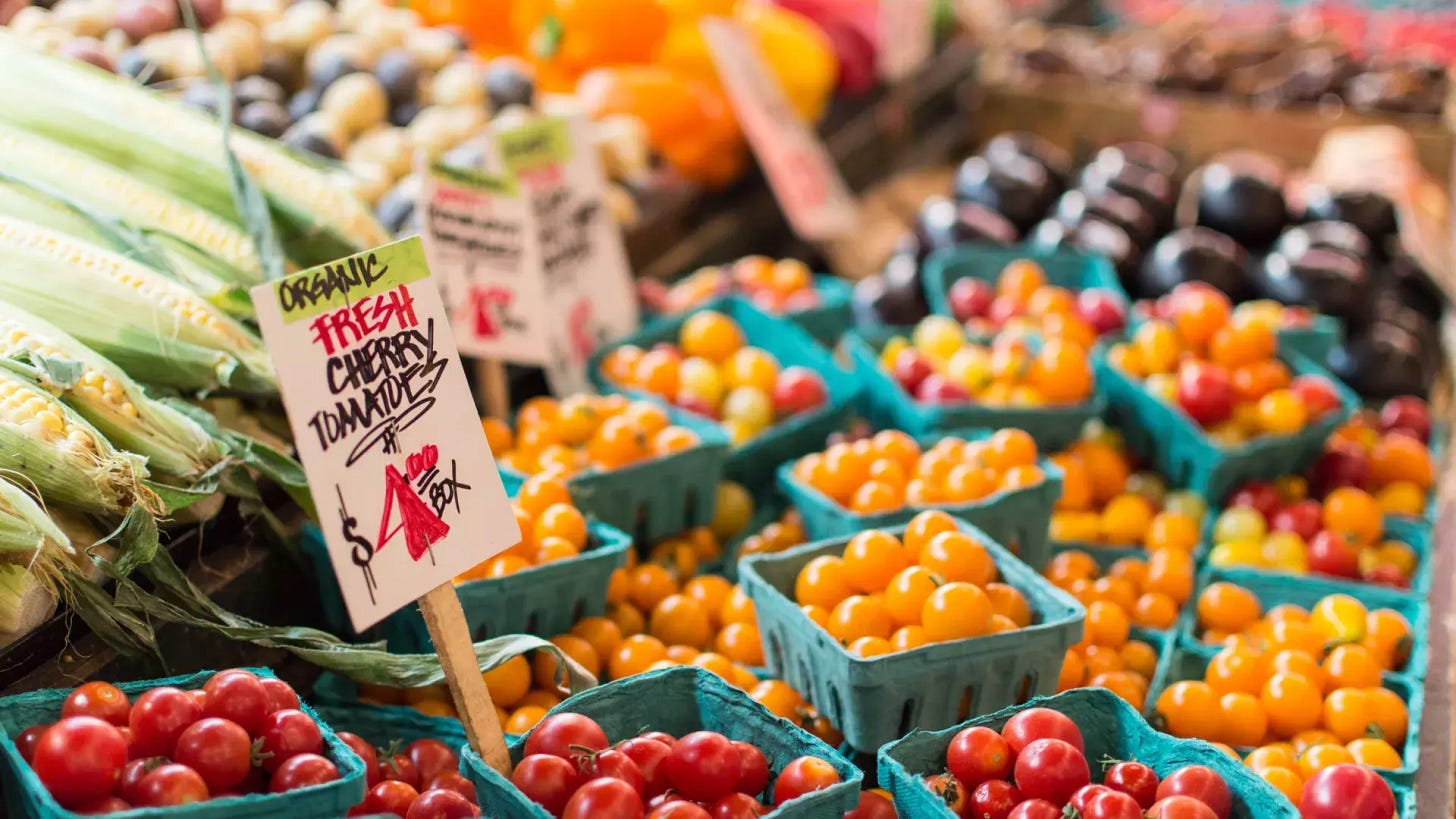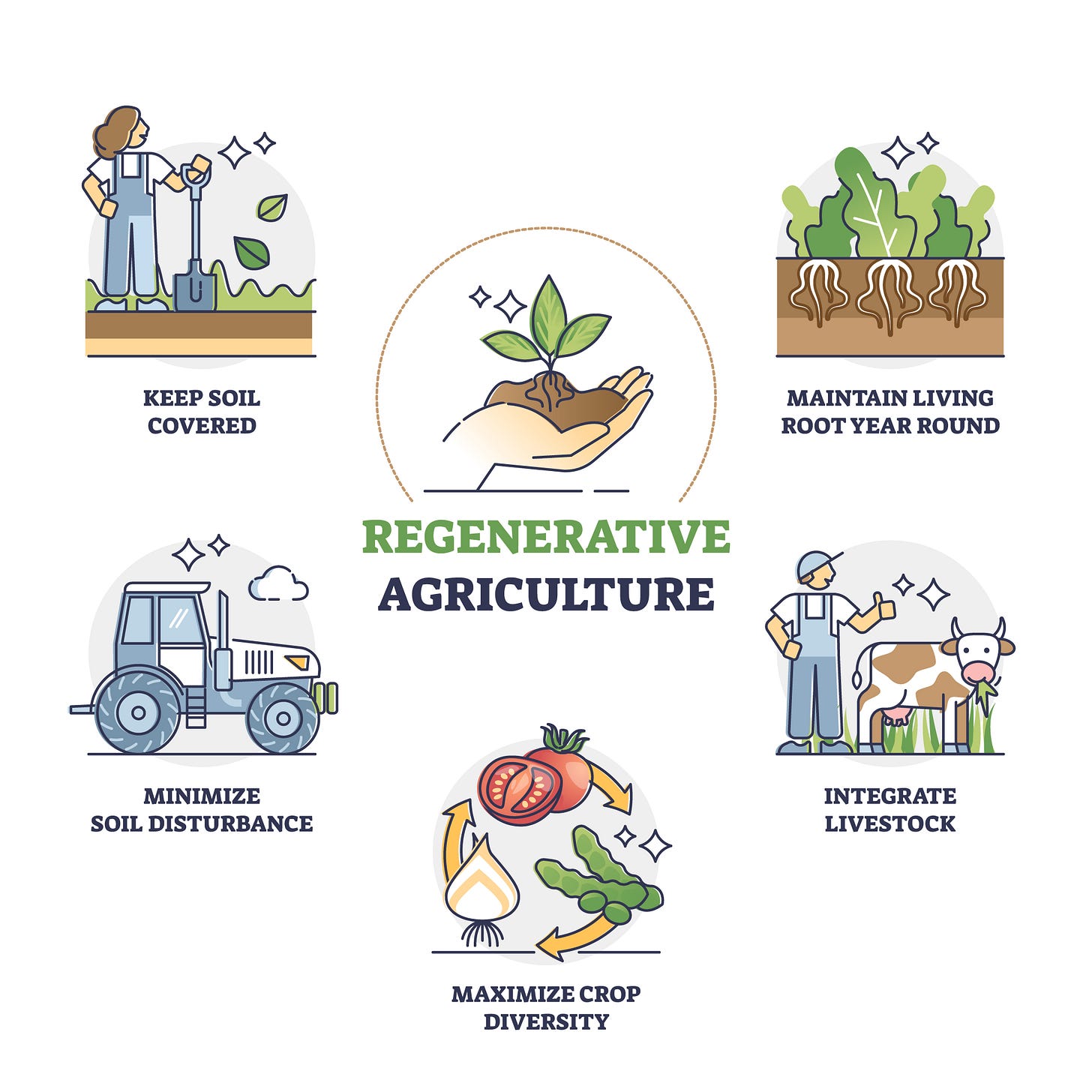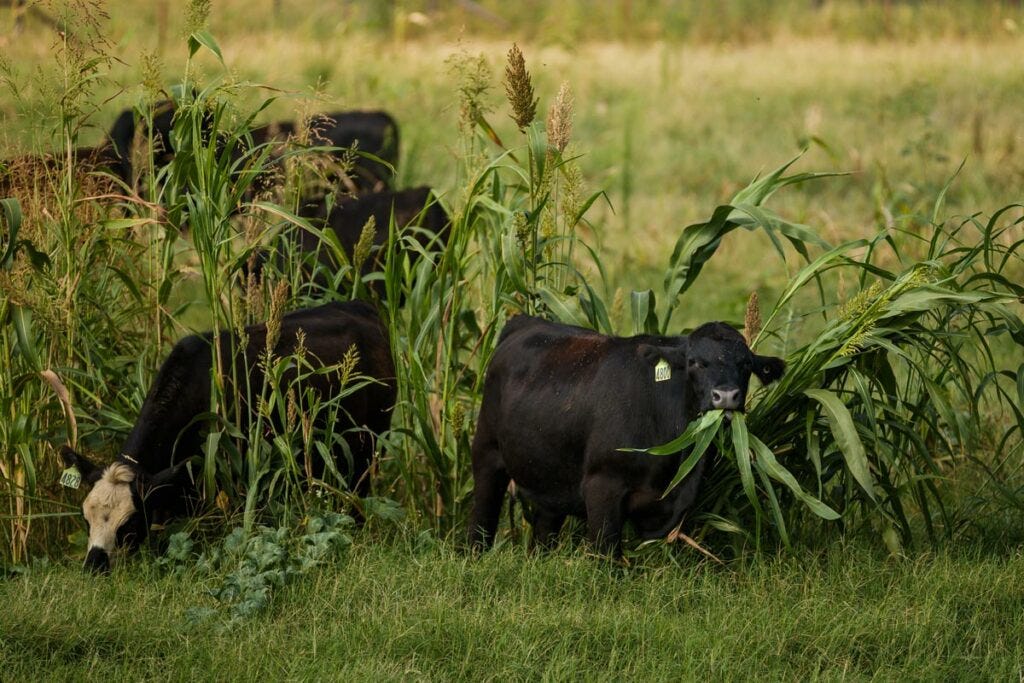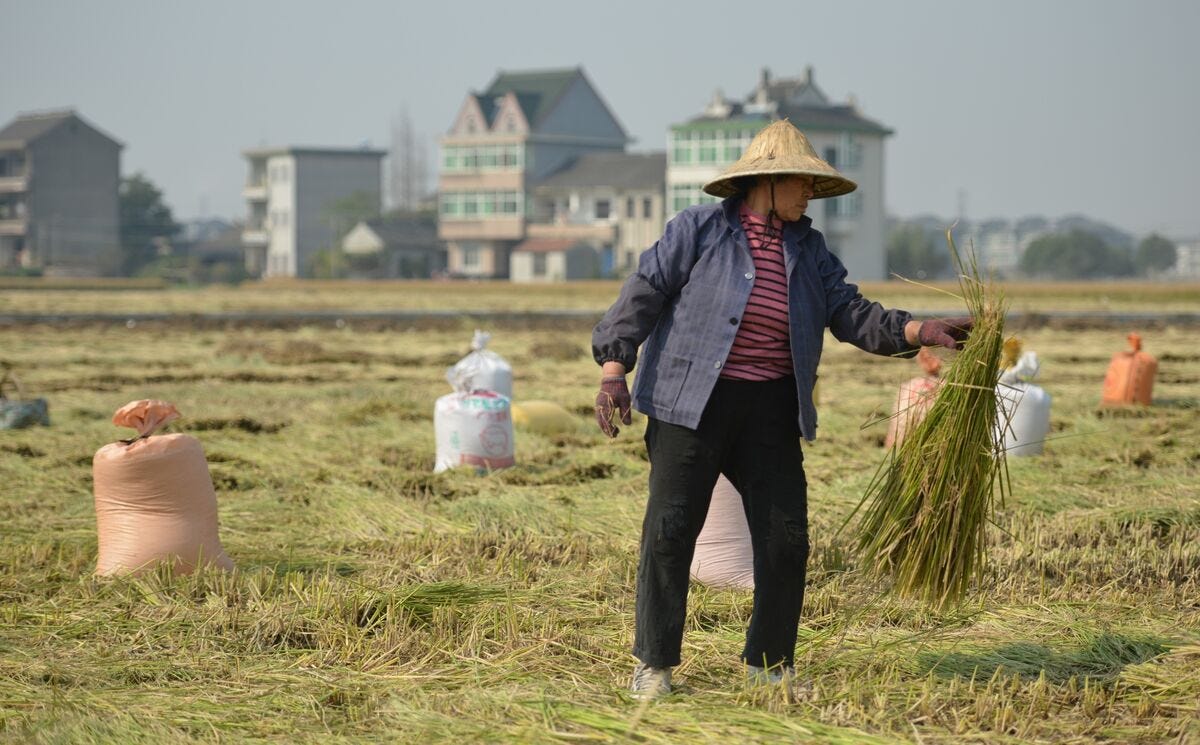The Path to Feeding 10 Billion People Sustainably by 2100
Strategies to make agriculture more sustainable
As the global population continues to grow and is expected to reach 10.4 billion in 21001, the challenge of feeding the world has never been more urgent. Current agricultural practices are a key contributor to environmental degradation, but they also hold the potential for transformation. This week, we explore how sustainable agriculture can be the cornerstone of a resilient, food-secure future by examining localized food production, the importance of reducing waste and regenerative practices.
Understanding the Problem at Stake
With an increasingly large population, feeding the world sustainably is a challenge that needs to be tackled. Agriculture is a leading contributor to environmental degradation, with pesticides and fertilizers polluting water and soil. Moreover, according to the World Bank, the global agrifood system emits one-third of all emissions2. This highlights the critical need for sustainable solutions to ensure we can feed a growing population without further harming the planet.
Tackling Food Waste for a Sustainable Future
One key first step to feeding our growing population sustainably is tackling food waste. According to the United Nations (UN), more than US$1 trillion worth of food is thrown away every year3. In alignment with COP28 commitments, by 2025, efforts will be strengthened to reduce food loss and waste, integrating these goals into national strategies and policies to enhance resilience and sustainability4.
One successful example includes the UN-supported partnership in Brazil between multinational food companies, local businesses, and organizations working together to share data, develop joint strategies, and implement innovative solutions to minimize food waste5. Additionally, individuals can contribute to reducing food waste by adopting simple practices at home, such as storing food properly, using leftovers creatively, or using waste saving apps like Too Good To Go.
Localizing Food Production to Cut Emissions
Reducing the carbon footprint of food systems can also be achieved by focusing on localized food production. Transporting food over long distances contributes to greenhouse gas emissions due to energy demand for fuel and refrigeration. According to the Food and Agriculture Organization (FAO), promoting local food systems not only reduces these emissions but also supports local economies and increases food security6. To eat more locally, individuals can frequent farmers' markets and prioritize seasonal and locally-sourced produce in their grocery shopping.
Reviving Land Through Regenerative Agriculture
To restore soil structure, enhance water retention, and boost biodiversity, regenerative agriculture is also a great solution to feed our population sustainably. This practice includes reducing the use of chemical inputs like pesticides and fertilizers, keep the soil covered with vegetation, plant diverse crops, maintain living roots in the soil year-round, and integrate livestock into farming.
Integrating livestock through practices like rotational grazing adds nutrients to the soil and reduces the need for synthetic fertilizers, contributing to a healthier and more resilient ecosystem. By working in harmony with nature, regenerative agriculture thus fosters more sustainable and productive food systems.
Climate-Smart Investments for Resilience
Adapting agricultural practices to climate change is critical to sustaining food production, and climate-smart agriculture plays a vital role in this effort. A recent US$345 million loan for the China Green Agricultural and Rural Revitalization Program will support the greening of agriculture in central China, reducing greenhouse gas emissions, increasing carbon sequestration, and improving biodiversity in Hubei and Hunan provinces7.
This initiative aligns with China's global public goods agenda and is part of a larger US$4.1 billion commitment by the Chinese government8. The program also aims to strengthen local governments' capacity to integrate environmental and decarbonization goals into rural revitalization plans. Such strategies, emphasized in the COP28 agenda, are crucial for protecting food security and livelihoods, particularly in regions vulnerable to climate impacts.
The Way Forward
The path to feeding a growing population lies in our ability to innovate and adapt our agricultural systems to be more sustainable, efficient, and resilient. By embracing regenerative practices, localizing food production, funding climate-smart strategies, and reducing waste, we can create a food system that not only meets the needs of today but also secures the future for generations to come. The journey towards sustainable agriculture is challenging, but with commitment and collaboration, a future of abundance and sustainability is within reach.
This Week in Sustainability is a weekly(ish) email from Brightest (and friends) about sustainability and climate strategy. If you’ve enjoyed this piece, please consider forwarding it to a friend or teammate. If you’re reading it for the first time, we hope you enjoyed it enough to consider subscribing. If we can be helpful to you or your organization’s sustainability journey, please be in touch at hi@brightest.io.
https://www.un.org/en/global-issues/population#:~:text=The%20world%20population%20is%20projected,and%2010.4%20billion%20by%202100.
https://www.worldbank.org/en/topic/climate-smart-agriculture
https://wedocs.unep.org/handle/20.500.11822/45230
https://www.un.org/en/global-issues/population#:~:text=The%20world%20population%20is%20projected,and%2010.4%20billion%20by%202100.
https://wedocs.unep.org/handle/20.500.11822/45230
https://www.fao.org/europe/news/detail/opportunities-and-challenges-of-eating-local/en
https://projects.worldbank.org/en/projects-operations/project-detail/P178907?_gl=1*fp1ft2*_gcl_au*MTgzMDcyMjI4LjE3MjM3MTQ0OTM.
https://www.worldbank.org/en/topic/climate-smart-agriculture

